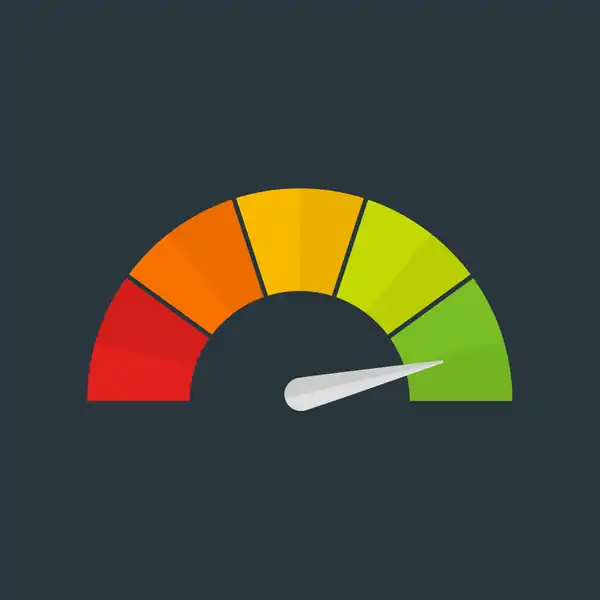Blog
How does performance affect website conversion rates?
Published on
17 Mars 2023
Many factors influence a website conversion rate. Website performance has a huge impact on user behavior and willingness to buy a product or subscribe to a newsletter.
What is a website conversion rate?
A website conversion occurs when a user completes a desired action on your website - like making a purchase, signing up for a newsletter, downloading an eBook, or even just clicking through to the next page.
If you have 100 visitors a day on your product page and 5 people end up purchasing the product, the conversion rate of that webpage is 5%.
A high conversion rate is indicative of successful marketing and web design. It means people want what you’re offering and they can easily get it!
The impact of website performance on conversions
Over the years an increasing number of studies have found that website performance has a measurable impact on conversion rates. The faster the page the higher the conversion rate.
According to a 2019 study by Portent, a 0-4 second load time is best for conversion rates, and the first five seconds of page-load time have the highest impact on conversion rates.
Website conversion rates drop by an average of 4.42% with each additional second of load time (between seconds 0-5). (Portent, 2019)
Nearly 70% of consumers admit that page speed impacts their willingness to buy from an online retailer. (Unbounce, 2019)
The highest ecommerce conversion rates occur on pages with load times between 0-2 seconds. (Portent, 2019)
There have been other studies that show similar results.

Why does web performance affect website conversion?
It is obvious now that speed and performance are critical components to acquiring higher conversion rates. But why are these factors so important?
You've probably heard the expression "patience is a virtue," which means that being able to wait for something without becoming discouraged is a valuable skill. However, when we encounter slow page load times, most of us abandon that "virtue." Slow websites irritate and frustrate people. These emotions are not going to help a person make a purchase, sign up for a free trial, or download content.
Google recognizes the importance of fast websites for users, so they've modified the algorithm to consider speed and performance metrics when ranking websites. Core Web Vitals are three metrics that Google employs to assess page loading speed, interactivity, and visual stability.
Conclusion
Web performance and speed is crucial for boosting conversion rates and sales revenue. While a few extra seconds may not seem like a big deal, statistics show that as each second passes the potential to lose out on prospective customers increases.
Faster websites keep everyone happy! Wewoosh gets you there. Wewoosh is FAST!









